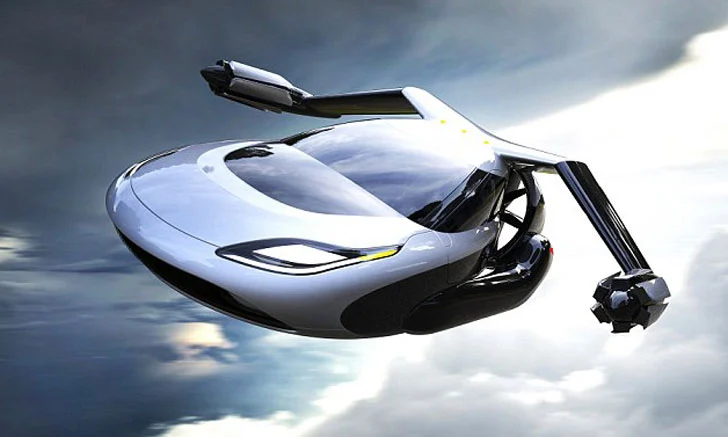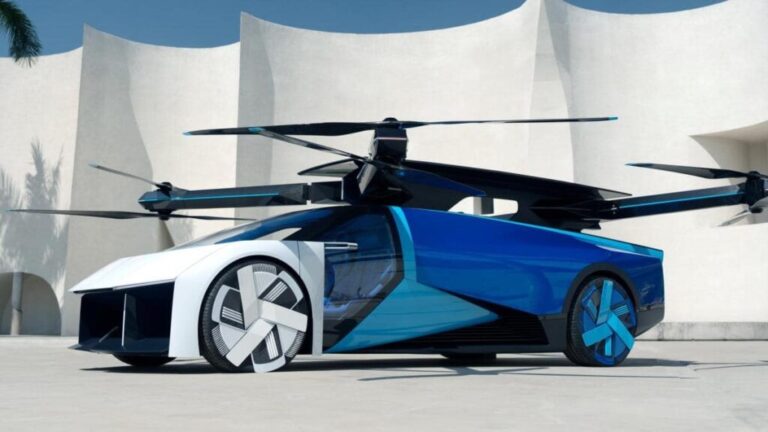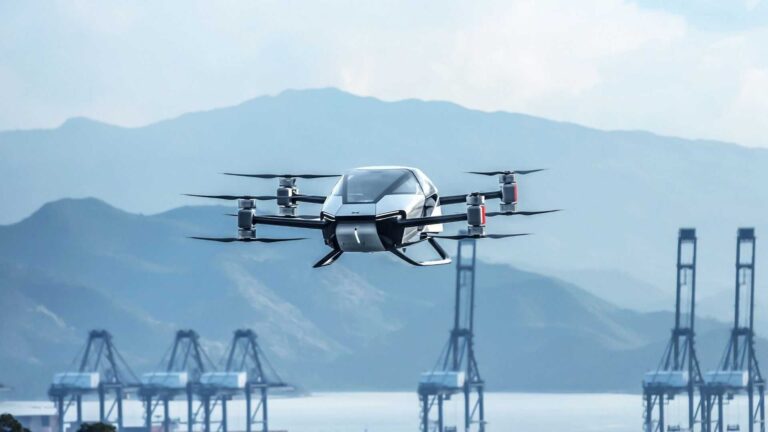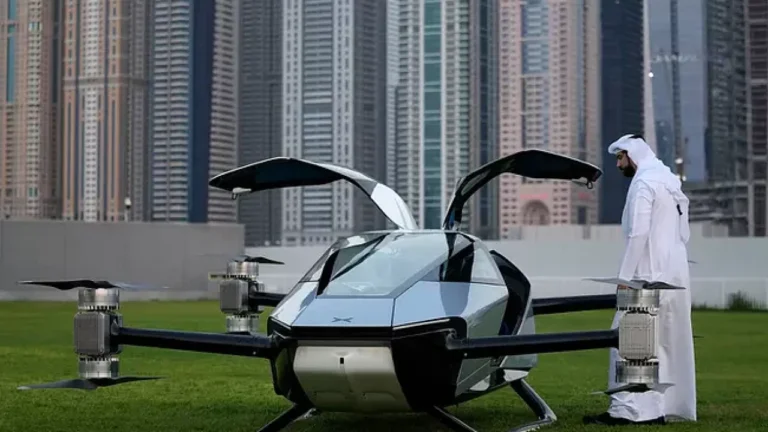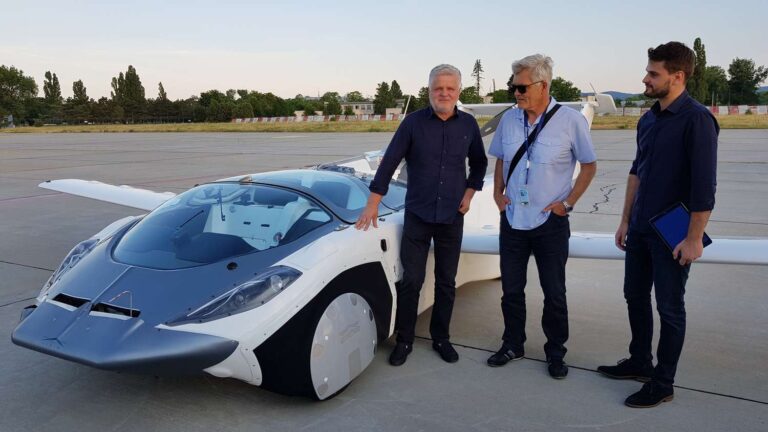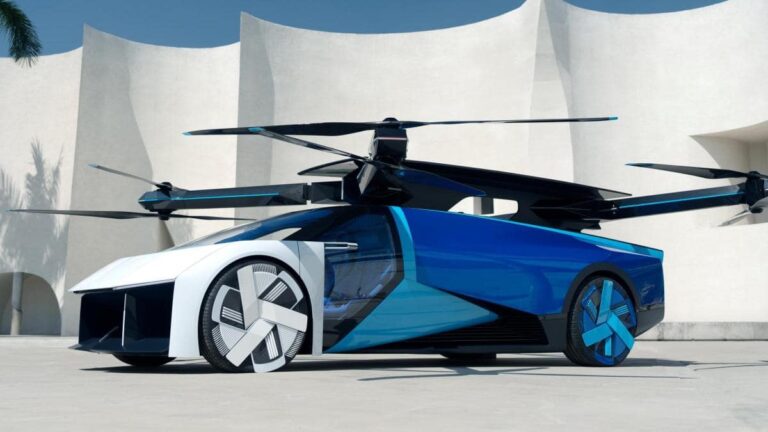Top 7 Most Innovative Flying Car Designs of the Future
The dream of flying cars, once confined to the realm of science fiction, is rapidly becoming a reality. With advancements in electric propulsion, autonomous navigation, and aerospace engineering, companies are racing to develop the first practical flying vehicles. These futuristic designs promise to transform urban mobility, reducing traffic congestion and offering a faster, more efficient way to travel. Here are the top 7 most innovative flying car designs that are shaping the future of transportation:
1. AeroMobil 5.0 VTOL
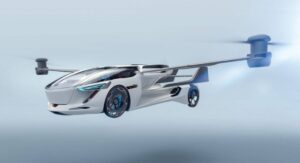
The AeroMobil 5.0 VTOL (Vertical Takeoff and Landing) is a sleek hybrid car that can drive on roads and fly through the air. The Slovak-based company AeroMobil has been working on flying car prototypes for years, and their 5.0 model is one of the most promising designs to date. The vehicle is powered by electric motors for road use and jet propulsion for flying.
The 5.0 VTOL can transition seamlessly between driving and flying modes. With a range of 435 miles on the road and 300 miles in the air, it is designed to be a practical solution for intercity travel. The design focuses on safety, equipped with a parachute deployment system and advanced autonomous flying capabilities. Its futuristic, aerodynamic design makes it one of the most visually appealing flying cars.
2. Pal-V Liberty
The Pal-V Liberty, developed by Dutch company Pal-V, is one of the first flying cars to be road-legal and available for purchase. The Liberty is a gyroplane, meaning it uses a rotor for lift and a propeller for thrust. It can transform from a car into a flying vehicle in just a few minutes.
The Liberty has a range of 100-200 miles in the air and 817 miles on the road, making it ideal for both short urban commutes and longer flights. Its dual-engine design ensures safety, with separate propulsion systems for driving and flying. The car can reach a top speed of 100 mph on land and 112 mph in the air. Its compact, modular design allows it to fit in a standard garage.
3. Terrafugia Transition
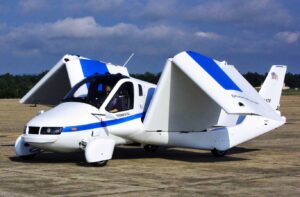
The Terrafugia Transition, developed by Terrafugia (a subsidiary of Geely), is another exciting flying car design. This vehicle is designed to be both a fully functional road vehicle and a personal aircraft. The Transition is equipped with foldable wings that allow it to shift from car mode to plane mode in under a minute.
With a range of 400 miles and a cruising speed of 100 mph in the air, the Transition is designed for short-range flights. It’s also equipped with a parachute system for emergencies. The hybrid-electric engine can be used for both flying and driving, making it a versatile option for everyday use. Terrafugia’s commitment to safety and usability makes the Transition one of the most practical flying cars of the future.
4. Lilium Jet
The Lilium Jet is a fully electric vertical takeoff and landing (eVTOL) aircraft being developed by German company Lilium. Unlike traditional flying cars that rely on wings, the Lilium Jet uses 36 electric jet engines for propulsion, allowing it to hover, take off vertically, and fly at speeds of up to 186 mph.
The Lilium Jet is designed to be used as an air taxi, offering an eco-friendly and fast alternative to ground-based travel in congested cities. With a range of 186 miles on a single charge, this aircraft is optimized for urban environments, connecting cities and suburbs without the need for runways. Its sleek, futuristic design combined with the promise of zero emissions has earned it widespread attention as one of the most innovative flying vehicles.
5. Urban Aeronautics CityHawk
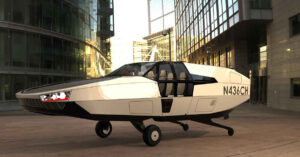
The CityHawk, developed by Urban Aeronautics, is a cutting-edge VTOL flying car designed for urban environments. Unlike traditional aircraft, the CityHawk uses Fancraft technology, which allows it to fly without external rotors or wings. This unique feature makes it more compact and safer to operate in tight city spaces.
Powered by hydrogen fuel cells, the CityHawk is designed to be environmentally friendly, emitting only water vapor as a byproduct. The vehicle is intended for a variety of uses, including urban air mobility, emergency medical transport, and personal transport. With its compact design and vertical takeoff capability, the CityHawk represents the future of flying cars in densely populated areas.
6. Bell Nexus
The Bell Nexus is a hybrid-electric flying car developed by Bell Helicopter in collaboration with Uber’s Elevate program. This eVTOL aircraft features a futuristic design with six ducted fans for vertical lift and forward propulsion. Bell envisions the Nexus as part of a larger urban air mobility network, providing on-demand air taxis in major cities.
The Nexus can carry up to four passengers and is designed to fly at speeds of 150 mph, with a range of 150 miles. Bell’s focus on safety includes redundant flight controls and multiple backup systems to ensure smooth, secure flights. With its sleek, futuristic design and focus on practical urban mobility, the Nexus is one of the most promising flying car concepts for the near future.
7. Joby Aviation S4
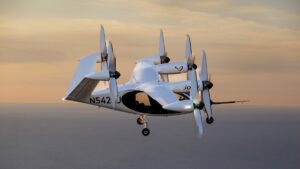
The Joby Aviation S4 is an all-electric eVTOL aircraft designed for quiet, efficient urban air travel. Joby Aviation, backed by Toyota, has been working on electric air vehicles for years, and the S4 is the culmination of their efforts. The S4 features six tilt-rotor propellers, allowing it to take off vertically like a helicopter and transition to forward flight like an airplane.
With a top speed of 200 mph and a range of 150 miles on a single charge, the Joby S4 is positioned to be one of the leaders in the urban air taxi market. Joby has placed a strong emphasis on noise reduction, making the S4 quieter than traditional helicopters. Its all-electric propulsion system ensures zero emissions, making it an eco-friendly option for the future of flying cars.
Conclusion: The Future of Mobility
The flying car industry is on the verge of revolutionizing transportation as we know it. With these innovative designs, urban air mobility is no longer just a dream. Companies around the world are pushing the boundaries of aerospace technology, creating vehicles that promise to reduce traffic, lower emissions, and dramatically cut travel times. The future of flying cars is bright, and these seven designs represent some of the most promising developments in the industry. Whether for personal use, air taxis, or emergency services, flying cars are poised to change the way we move through the world.

